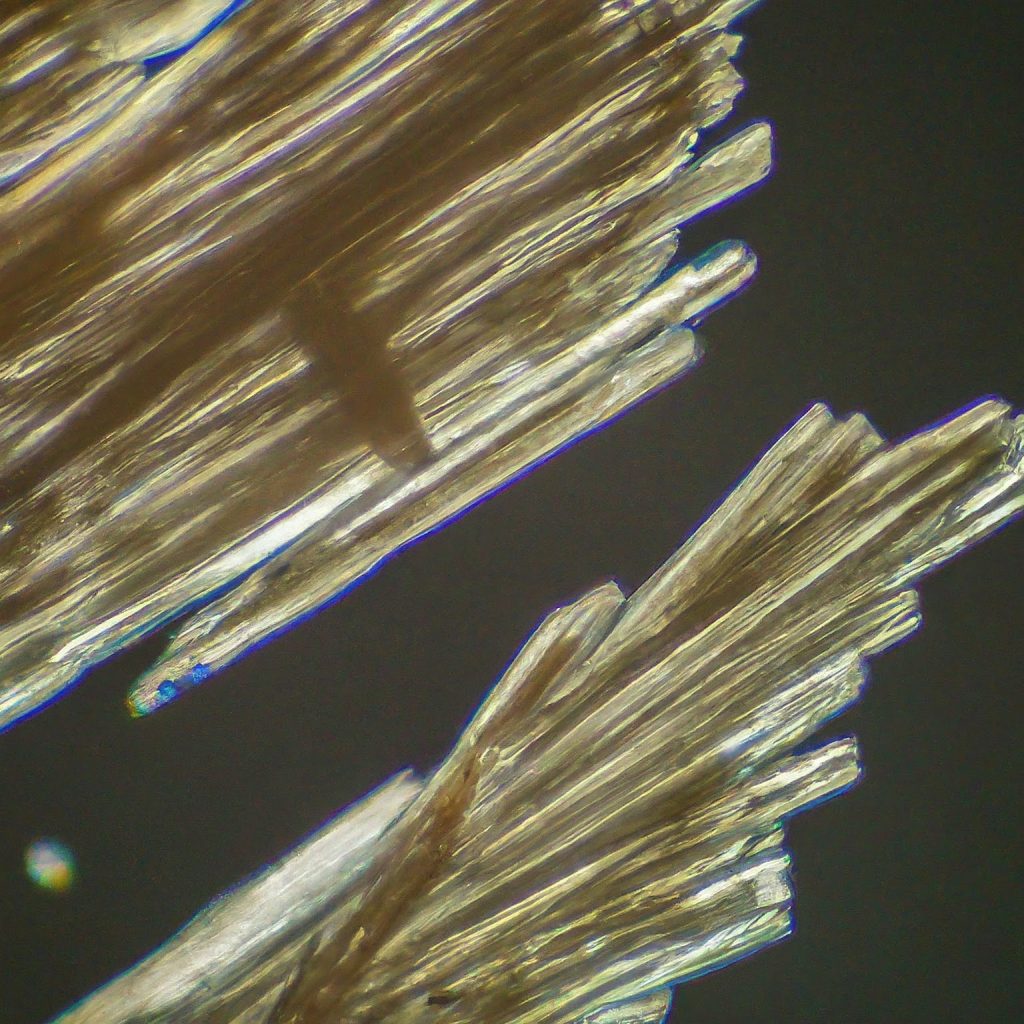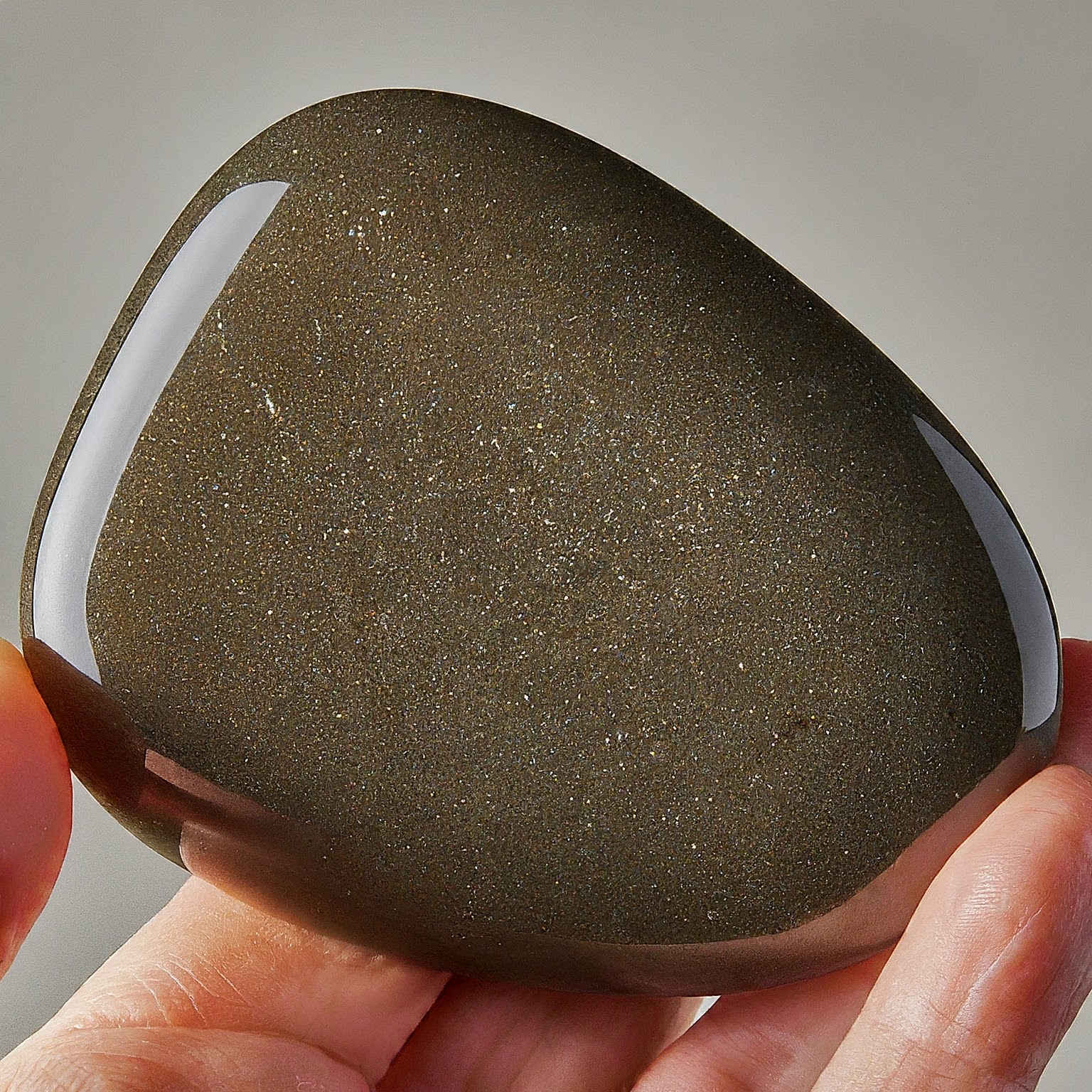Aphanitic texture is a term commonly used in geology to describe the fine-grained structure of certain rocks. This texture is characterized by crystals that are too small to be seen with the naked eye. In this article, we will delve into the intricacies of aphanitic texture, explore the rocks that possess this characteristic, and discuss its significance in the field of geology.
Introduction to Aphanitic Texture
Aphanitic texture is a fundamental concept in the study of igneous rocks. It refers to the microscopic crystal size of these rocks, which prevents individual crystals from being discernible without the aid of magnification. This fine-grained structure is a result of rapid cooling of magma or lava, preventing the formation of larger crystals.
Understanding Aphanitic Texture
To comprehend aphanitic texture, it’s essential to grasp the process of rock formation. When magma or lava cools quickly, as is often the case near the Earth’s surface or during volcanic eruptions, there isn’t sufficient time for crystals to grow to a visible size. This rapid cooling solidifies the molten material into a fine-grained rock with a uniform texture.

Characteristics of Rocks with Aphanitic Texture
Rocks exhibiting aphanitic texture are primarily composed of minerals such as feldspar, quartz, and mica. The exact composition varies depending on factors like the original magma composition and the cooling rate.
Formation
Aphanitic texture is typically formed in extrusive igneous rocks, which solidify on or near the Earth’s surface. This rapid cooling environment inhibits crystal growth, resulting in the fine-grained structure characteristic of aphanitic rocks.
Grain Size
The grain size of aphanitic rocks is generally less than 1 millimeter in diameter, making individual crystals invisible to the naked eye. This fine-grained nature distinguishes them from phaneritic rocks, which have larger, visible crystals.
Examples of Rocks with Aphanitic Texture
Basalt
Basalt is one of the most common rocks with aphanitic texture. It forms from the rapid cooling of lava and is characterized by its dark color and fine-grained structure.
Andesite
Andesite is another volcanic rock that often exhibits aphanitic texture. It is commonly found in volcanic arcs and has a composition similar to basalt but with a lighter color.
Rhyolite
Rhyolite is a light-colored volcanic rock with aphanitic texture. It forms from the rapid cooling of silica-rich lava and often contains quartz and feldspar minerals.
Importance of Aphanitic Texture in Geology
Aphanitic texture provides valuable insights into the cooling history and geological environment of rocks. By studying the texture and composition of aphanitic rocks, geologists can infer the conditions under which they formed and gain a better understanding of Earth’s dynamic processes.
Identifying Aphanitic Texture
Aphanitic texture can be identified through microscopic examination or by observing the rock’s overall appearance. The absence of visible crystals and a uniform, fine-grained texture are key indicators of aphanitic rocks.
Geological Significance
The presence of aphanitic texture in certain rocks indicates rapid cooling and solidification, which often occurs in volcanic environments. This has implications for understanding volcanic activity, magma dynamics, and tectonic processes.
Differences Between Aphanitic and Phaneritic Textures
Aphanitic texture contrasts with phaneritic texture, which is characterized by visible crystals. Phaneritic rocks typically form from slower cooling processes deep within the Earth’s crust, allowing crystals to grow to a visible size.
Formation Processes
The formation of aphanitic texture is closely tied to the cooling rate of magma or lava. Rapid cooling results in fine-grained rocks with aphanitic texture, while slower cooling produces coarser-grained rocks with phaneritic texture.
Applications in Various Industries
The study of aphanitic texture has applications in various industries, including construction, mining, and geothermal energy. Understanding the properties of aphanitic rocks is crucial for assessing their suitability for use as building materials and in geological exploration.
Aphanitic Texture in Volcanic Environments
Aphanitic texture is commonly observed in rocks associated with volcanic activity. The rapid cooling of lava near volcanic vents and fissures promotes the formation of fine-grained rocks with aphanitic texture, such as basalt and rhyolite.
Environmental Implications
The presence of aphanitic rocks can have environmental implications, particularly in volcanic regions. Understanding the distribution and characteristics of these rocks is essential for assessing volcanic hazards and mitigating risks to human populations and infrastructure.
Future Research Directions
Continued research into aphanitic texture and its geological significance is essential for advancing our understanding of Earth’s processes. Future studies may focus on refining methods for identifying and characterizing aphanitic rocks, as well as exploring their role in volcanic systems and tectonic processes.
How is aphanitic texture different from phaneritic texture?
Aphanitic texture is characterized by fine-grained crystals that are invisible to the naked eye, while phaneritic texture features visible crystals.
What causes rocks to exhibit aphanitic texture?
Aphanitic texture results from rapid cooling of magma or lava, preventing the growth of visible crystals.
Where are rocks with aphanitic texture commonly found?
Rocks with aphanitic texture are often associated with volcanic environments and extrusive igneous rocks.
What are some practical applications of studying aphanitic texture?
Studying aphanitic texture is crucial for understanding volcanic hazards, assessing geological resources, and predicting environmental impacts.
How can aphanitic texture contribute to our understanding of Earth’s history?
By analyzing the composition and texture of rocks with aphanitic texture, geologists can reconstruct past geological
Conclusion
In conclusion, aphanitic texture is a distinctive feature of certain igneous rocks, characterized by fine-grained crystals that are not visible to the naked eye. Rocks with aphanitic texture, such as basalt, andesite, and rhyolite, provide valuable insights into Earth’s geological history and processes. By studying these rocks, geologists can unravel the mysteries of volcanic activity, magma dynamics, and tectonic processes, paving the way for advancements in various fields.

